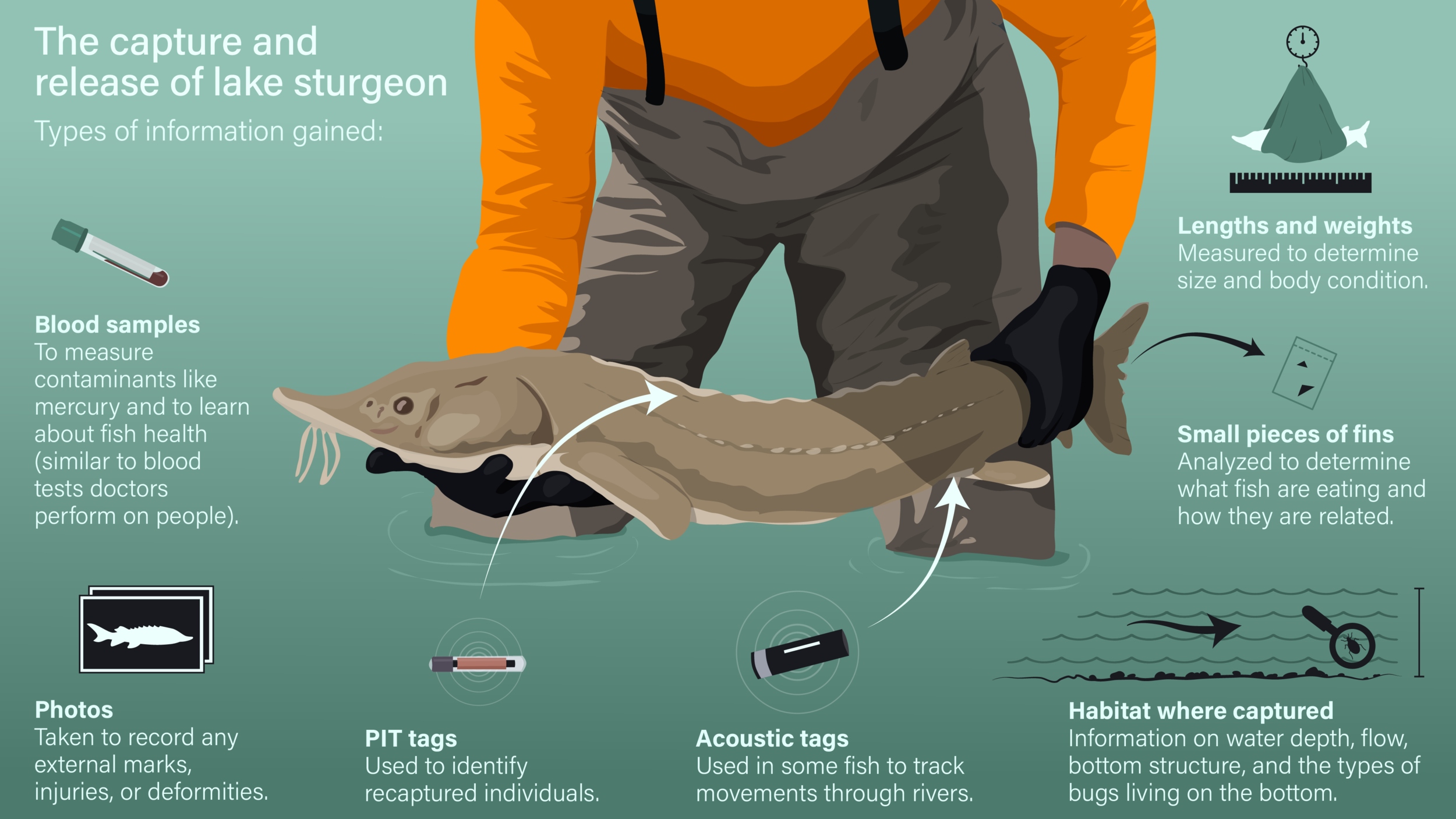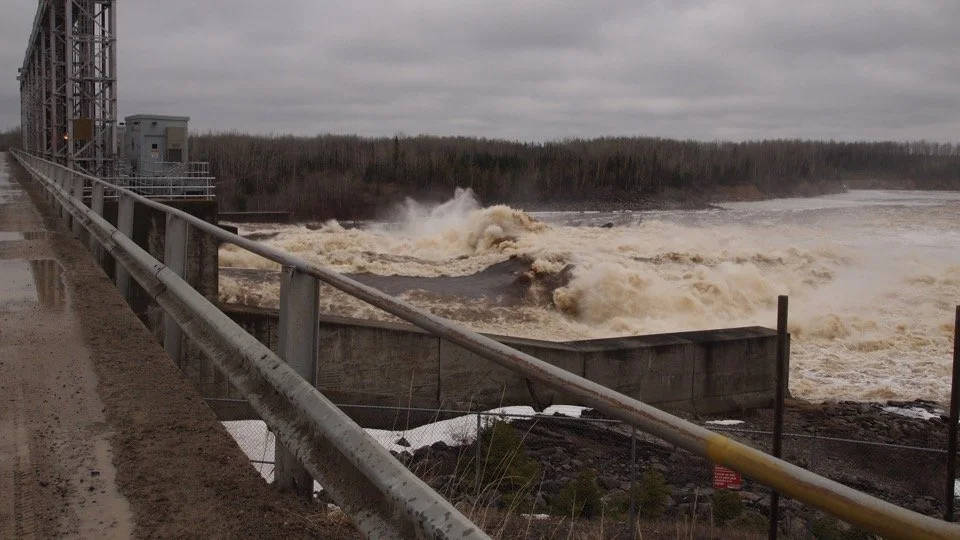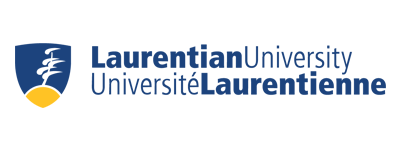
About Our Research
Our Story
The Learning From Lake Sturgeon project is a co-created research effort between WCS Canada and Moose Cree First Nation Resource Protection that began in 2016.
Our vision is to improve a common understanding of lake sturgeon, as well as rivers and ecosystems in the Moose Cree Homeland. By engaging young people and helping them discover a future career in environmental stewardship and research, we hope to ensure these important places thrive for future generations.
With Help From The Elders Advisory Group
The Moose Cree Elders Advisory Group helps with every step of our research. Their knowledge of the Moose Cree Homeland and of these amazing fish helps develop our research priorities and questions, so we can improve our project as we continue to learn.
Our Research
We catch-and-release lake sturgeon. We take various measurements, such as length and weight. We take photos of each fish, to document any cuts or injuries. We also take blood samples, and remove small pieces of fin, to help us assess fish health and condition.
We also put tags in some of these fish, to transmit information back to underwater receivers, and learn where the fish are moving in the river. We can track each of our fish for many years.
Locations
We study the movement and health of lake sturgeon in the North French River and the Mattagami River in the Moose Cree Homeland.
NORTH FRENCH RIVER
The North French River is one of the last last free-flowing river in the Moose Cree Homeland, and the watershed is free from dams, mines, and other industrial development. This river and watershed has been used by Moose Cree people for millennia. By studying lake sturgeon in a free-flowing river, we have a reference to understand how fish in other areas are impacted by industrial development. Click here to read more about our latest research in the North French River!
MATTAGAMI RIVER
The flow of the Mattagami River has been disrupted by several large hydropower dams. There is also forestry, roads, and other developments in the watershed. Hydropower facilities create obstacles for fish trying to move up and down river. Large changes in water level and water flow because of hydropower facilities are also challenging for fish to handle, and can also impact the whole ecosystem. We're studying how all of these changes affect lake sturgeon movement and health.
WE WORK WITH PARTNERS
We also partner with scientists from different research institutions to support our work! Our research partners provide specialized laboratory analyses and expertise, and bring their knowledge to improve our programs. Thanks to their support, we are able to answer many more questions about contaminants, genetics, and health of namew in the rivers of the Moose Cree Homeland.
WHAT HAVE WE BEEN LEARNING?
We have been learning a lot about lake sturgeon behaviour, health, and contaminant exposure in the rivers of the Moose Cree Homeland. We recently created a booklet explaining some of our findings so far!

















